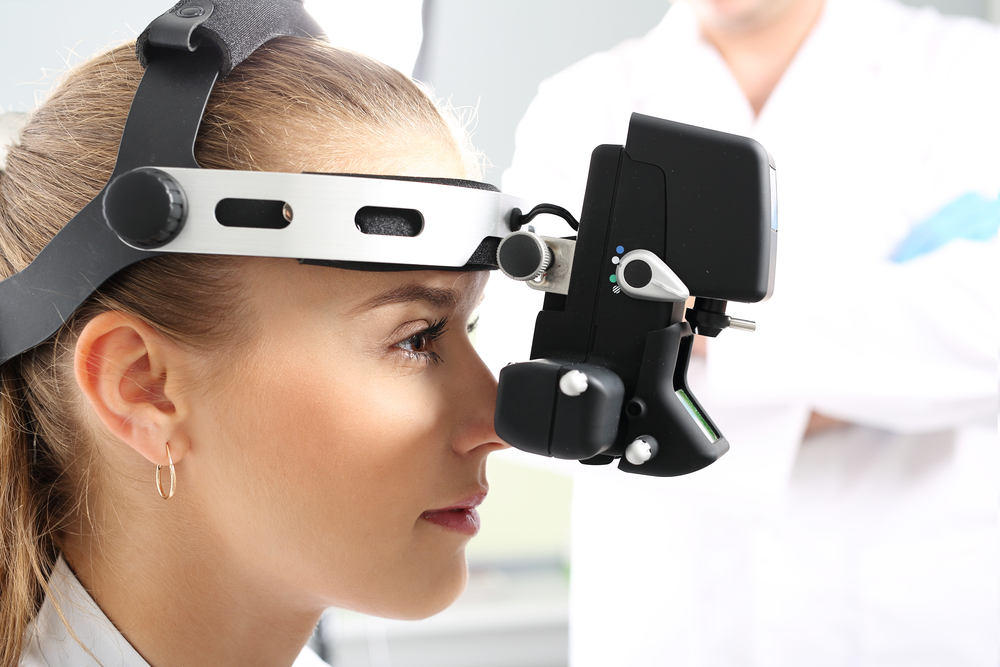A dilated eye exam is the best to use to diagnose diabetic retinopathy. Your eye doctor may also test your vision, measure your eye pressure to test for glaucoma, and look for evidence of cataracts.
Treatment, depending on the type of diabetic retinopathy you have and how severe it is, may slow or stop the progression of the condition.
Early diabetic retinopathy. You may not need treatment straightaway if you have mild or moderate nonproliferative diabetic retinopathy, however, your eye doctor will still closely monitor your eyes to ascertain when you might need treatment. Also, work with your endocrinologist or your diabetes doctor to find out if there are means to improve your diabetes management.
Advanced diabetic retinopathy. You’ll need prompt surgical treatment if you have macular edema or proliferative diabetic retinopathy. Surgical treatments may be:
- Focal laser treatment. The leakage of blood and fluid in the eye can either slow or discontinue, with the use of this treatment. Leaks from abnormal blood vessels are treated with laser burns during the procedure.
- Scatter laser treatment. This is also known as panretinal photocoagulation and can shrink the abnormal blood vessels. Scattered laser burns are used to treat the regions of the retina away from the macula.
- Vitrectomy. This method uses a little incision in your eye to take away the blood from the middle of the eye (vitreous). Additionally, this eliminates the scar tissue that’s tugging on the retina.


